#new zealand animals
Explore tagged Tumblr posts
Note
i request the wonderful giant wētā !!
I love them!


#new zealand#new zealand animals#giant wētā#wētā#orthoptera#terrestrial invertebrate#invertiblr#bugblr#bug#bugs#insect#insects#insecta#arthropoda#animal polls#poll blog#my polls#polls#tumblr polls
93 notes
·
View notes
Text
For #WorldPenguinDay:
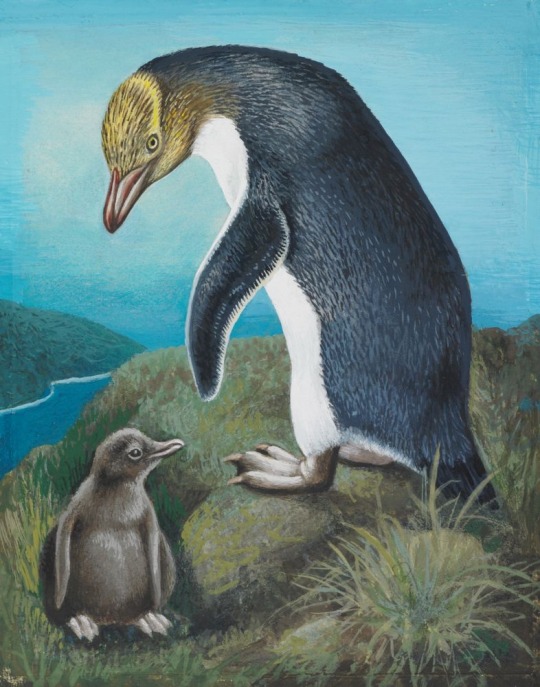
Eileen Mayo (1906-1994) Yellow-eyed Penguin, 1976 gouache on paper Museum of New Zealand / Te Papa Tongarewa
The Yellow-eyed Penguin (Megadyptes antipodes), known also as hoiho or tarakaka, is a species of penguin endemic to New Zealand.
#penguin#penguins#Yellow-eyed Penguin#bird#birds#birds in art#New Zealand#New Zealand art#New Zealand wildlife#New Zealand animals#ornithology#ornithological illustration#zoological illustration#scientific illusration#natural history illustration#natural history art#20th century art#animal holiday#World Penguin Day#works on paper#Museum of New Zealand Te Papa Tongarewa#women artists#eileen mayo#animals in art
152 notes
·
View notes
Text
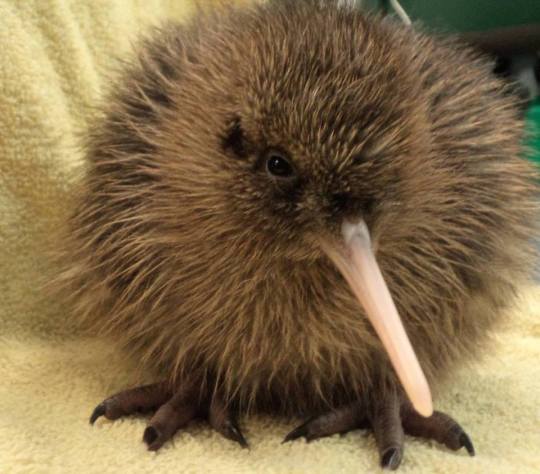
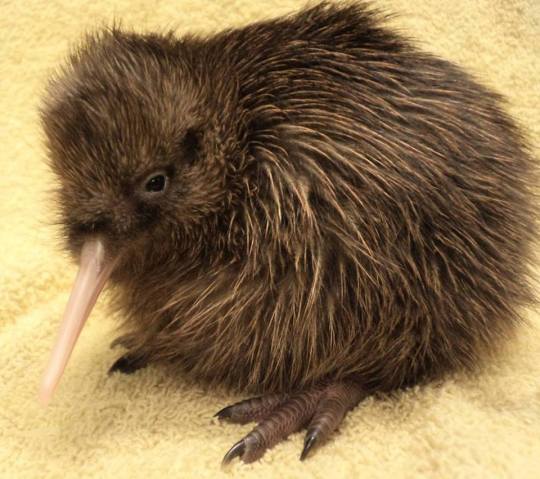
Okarito Kiwi (Apteryx rowi), chick, Apterygidae, order Apterygiformes, found in the Ōkārito forest on the West Coast of New Zealand's South Island
VULNERABLE.
photographs by West Coast Wildlife Centre
6K notes
·
View notes
Text


Soggy creature
#sopping wet beast#animal art#wildlife art#wildlife illustration#kiwi#kiwi bird#silly art#silly#sillyposting#meme art#memes#artists on tumblr#cute art#creature#aotearoa#new zealand#bird art#birb art#birblr#zoology#cute birbs#birdblr#bird#birb#birbs of tumblr#wildlife#wet birds#baby birds
4K notes
·
View notes
Text
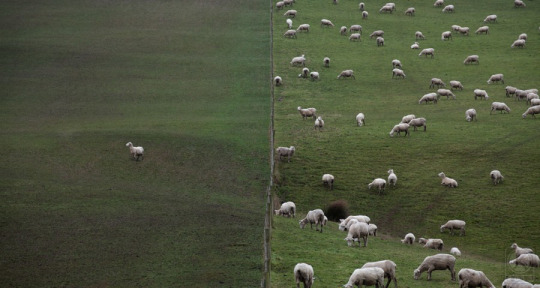
John Kitching: 'A Dangerous Idea' (2020)
3K notes
·
View notes
Text

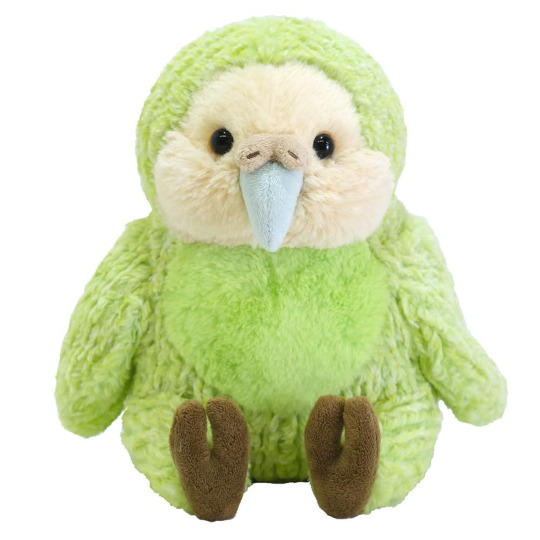
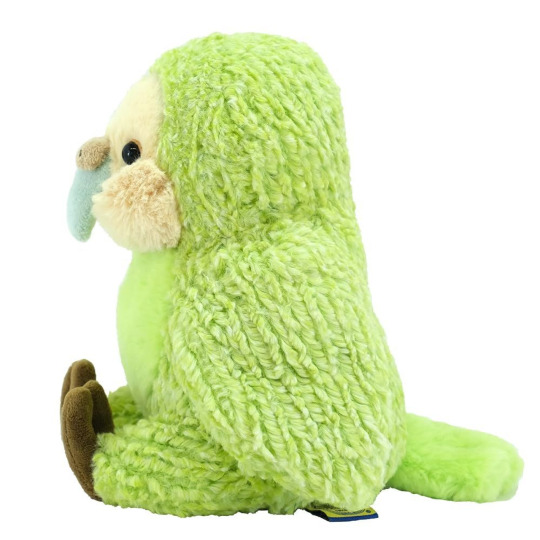

Sunlemon Fluffies Kākāpō
#plush#plushie#plushies#plushblr#plushcore#toycore#soft toy#stuffies#stuffed animals#plush animals#sunlemon#kākāpō#kakapo#birdposting#birb#owl parrot#new zealand#plush: bird
1K notes
·
View notes
Photo








New Zealand predatory snail, Powelliphanta hochstetteri, Rhytididae
This species, found on the South Island of New Zealand, is a carnivore that preys primarily on earthworms.
Photo 1 by samuelpurdiewildlife, 2-4 by absoluteandy, 5-6 by paddy18, and 7-8 (for scale) by conservatreenz
#animals#curators on tumblr#bugs#gastropods#mollusks#snail#predatory snail#cannibal snail#new zealand predatory snail#one nice bug
1K notes
·
View notes
Text

mikullashbee
2K notes
·
View notes
Text


There is something so captivating about gaining higher ground. Teddy looked out over the braided West Matukituki River as he worked his way up a nearby ridgeline. Can you blame him for wanting to sit here watching the day drift by?
#teddy#adventures with teddy#photographers on tumblr#original photographers#new zealand#photography#adventureswithteddy#bear#travel#plushie#plush#photographers#plush toy#plushes#plushies#plushblr#stuffed bear#stuffies#stuffed animals#original content#original photography#original post#original#original art#curators#curators on tumblr#curator#nature photography#nature#mountains
2K notes
·
View notes
Text
Oh god. My Tūī has learned some new sounds.
This Tūī that occupies the territory that includes my garden, I'm guessing he? I'm guessing young?, this is based on the over-the-top, huffy, aggro, drama he projects. He'll whip through the area like an angry, loud, and musical, little whirlwind, as ostentatiously as he can.
The "If nobody has my presence in the vicinity firmly in the front of their mind, if they aren't absolutely thinking about me, am I really holding my territory?" kinda attitude.
If I am in my garden doing my stuff, which sometimes includes putting a little bit of fruit out (for everybody actually), or refreshing the bath (again this is common property, everyone gets to have this), or pulling weeds, or any of the other dumb human things, and this guy comes along, he'll sit up in the peach tree, or on the dead pittosporum, or on the guttering, someplace high anyway ('cos he is scared of me), and he'll huff and puff, and clap his wings, or musically spit at me so that I will leave and he can have my his garden. But I often don't, at least fast enough for him and he'll roll his eyes and then fly off as loudly and dramatically as possible and make himself somebody-else's' problem.
My second guess that this guy is young is because, while he's got the general musically liquid burbling and whiffling of tūī down, he still adding stuff to his own song, you know, unique little touches that will impress the chicks and strike fear into his enemies.
So far this year he has really developed his scream.
The tūī has an alarm call, it's a kinda short shriek that they do a couple of times. It sounds a bit like a territorial call of a kingfisher. And there is a couple of resident kingfishers, so when I was always hearing screaming I thought it was them, but it was kinda off too, like too musical, and it was all the time. Like all the time. Ok, more like several times a day. I figured out it was this tūī as I saw him casually doing it, but it was driving me nuts cos I'd hear him and them it would sit in the back of my head, is that a tūī or a kingfisher? and because I'm a nerd like that it would annoy me.
But the screaming also annoyed me, it's an annoying sound. Its a sound made to get attention and it works on people too. Tūī also use it on raptors and stuff too, to harass them or express their displeasure of the raptor's or whatever's existence, and I guess also the communicate to other tūī that there is bad news around. Thing is he never straight out screams at me, or other people, he just screams in general.
Typing this out has made me think about how small my world is at the moment as I have beef with a bird. It just feels a bit targeted sometimes, as he knows I sometimes put the fruit and the water out, he's being a bit of a dick about it. The other birds don't give me this kinda shit. But sometimes I am that guy who posts to the local facebook community page complaining about the speakerboys every night.
Anyway, he's been working hard on a new project recently.
He has added argumentative seagulls to his repertoire.
And he has nailed it, pretty convincing.
Some sounds to help re-create my aural landscape...
Tūī scream
Normal Tūī stuff
Seagull sounds
725 notes
·
View notes
Text

Miku of Aotearoa New Zealand
509 notes
·
View notes
Text


#animal polls#polls#poll blog#my polls#tumblr polls#animals#nature#third eye lizard#tuatara#lizard#reptiblr#reptile#new zealand animals
68 notes
·
View notes
Text

Eileen Mayo later moved to New Zealand and designed stamps there too, including 6 from the 1970 pictorials set (first 3 buttterflies by Enid Hunter, next 6 moths and fish by Mayo, last 2 fish by D.B. Stevenson):
½c Glade Copper Butterfly 1c Red Admiral Butterfly 2c Tussock Butterfly 2½c Magpie Moth 3c Lichen Moth 4c Puriri Moth 5c Scarlet Parrot Fish 6c Seahorse 7c Leather Jacket Fish 7½c Garfish 8c John Dory
#New Zealand#New Zealand animals#New Zealand stamps#lepidoptera#butterflies#moths#ichthyology#fish#stamps#postage stamps#stamp collecting#philately#Eileen Mayo#Enid Hunter#D. B. Stevenson#animals in art
46 notes
·
View notes
Text

New Zealand Pickle Slug (Athoracophorus papillatus), family Athoracophoridae, New Zealand
photograph by Nick Volpe
5K notes
·
View notes
Text

A Kiwi in New Zealand
(Image credit: Miropa via Getty Images)
611 notes
·
View notes
Text
The Giant Wood Moth: these rat-sized moths have a wingspan of up to 23cm (about 10 inches) and can weigh as much as 30 grams, making them the heaviest moths in the world

This species (Endoxyla cinereus) is found only in Australia and New Zealand. It has a larval stage that can last 2-3 years, and the larvae spend most of that time eating and tunneling into the wood of eucalyptus trees. Once they are finally ready to pupate, they transform their tunnel into a pupation chamber, and they eventually emerge from the chamber as adult moths.

Above: the enormous pupa of a giant wood moth
The adult moths can only survive for a few days after that; like many other lepidopterans, the adults of this species are incapable of feeding, because they do not have any functional mouthparts, so their lifespan is extremely brief. They spend their entire adult lives (which last only a matter of days) searching for a mate and reproducing. In order to accomplish that goal, they must rely on the energy afforded by the fat reserves that they accumulated when they were larvae.

Above: the adult moths
Giant wood moths display a significant degree of sexual dimorphism, as the females are roughly twice the size of the males; they can weigh up to 30 grams, which makes this the heaviest moth species in the world.
In fact, the females are so heavy that they can barely even fly. In order to find a mate, they must crawl to the top of a tree trunk or fence post, release their pheromones, and then simply wait for the males to find them.
Sources & More Info:
Australian Museum: The Giant Wood Moth
Austral Ecology: Life History, Ecology and Ethnoentomology of the Giant Wood Moth
Australian Geographic: Giant Wood Moth
Moth Identification Guide: Endoxyla cinereus
The Guardian: Giant Wood Moth: 'very heavy’ insect rarely seen by humans spotted at Australian school
#lepidoptera#entomology#moths#giant wood moth#endoxyla cinereus#arthropods#insects#bugs#australia#new zealand#animal facts#cool animals#it's like a kitten with wings
352 notes
·
View notes